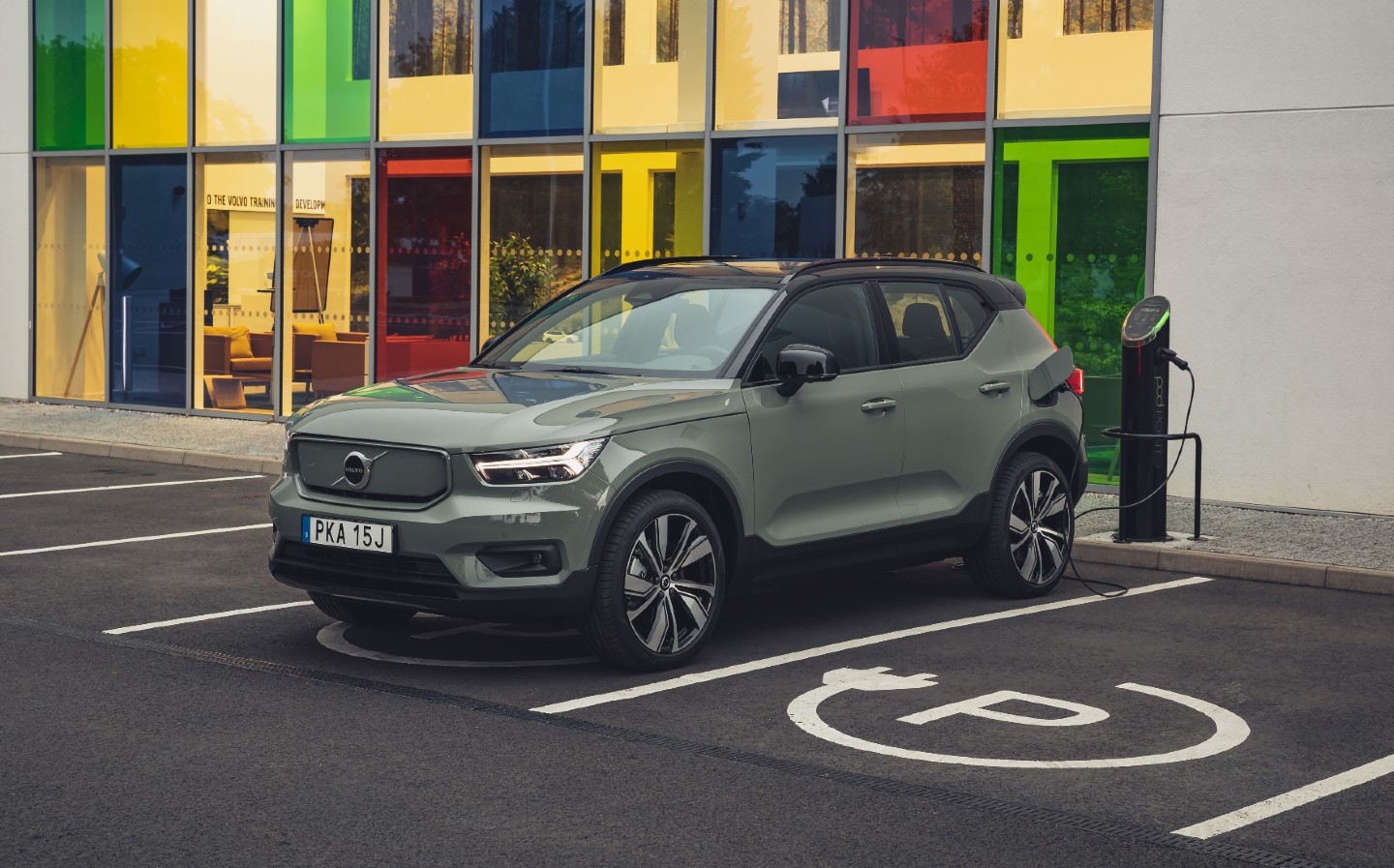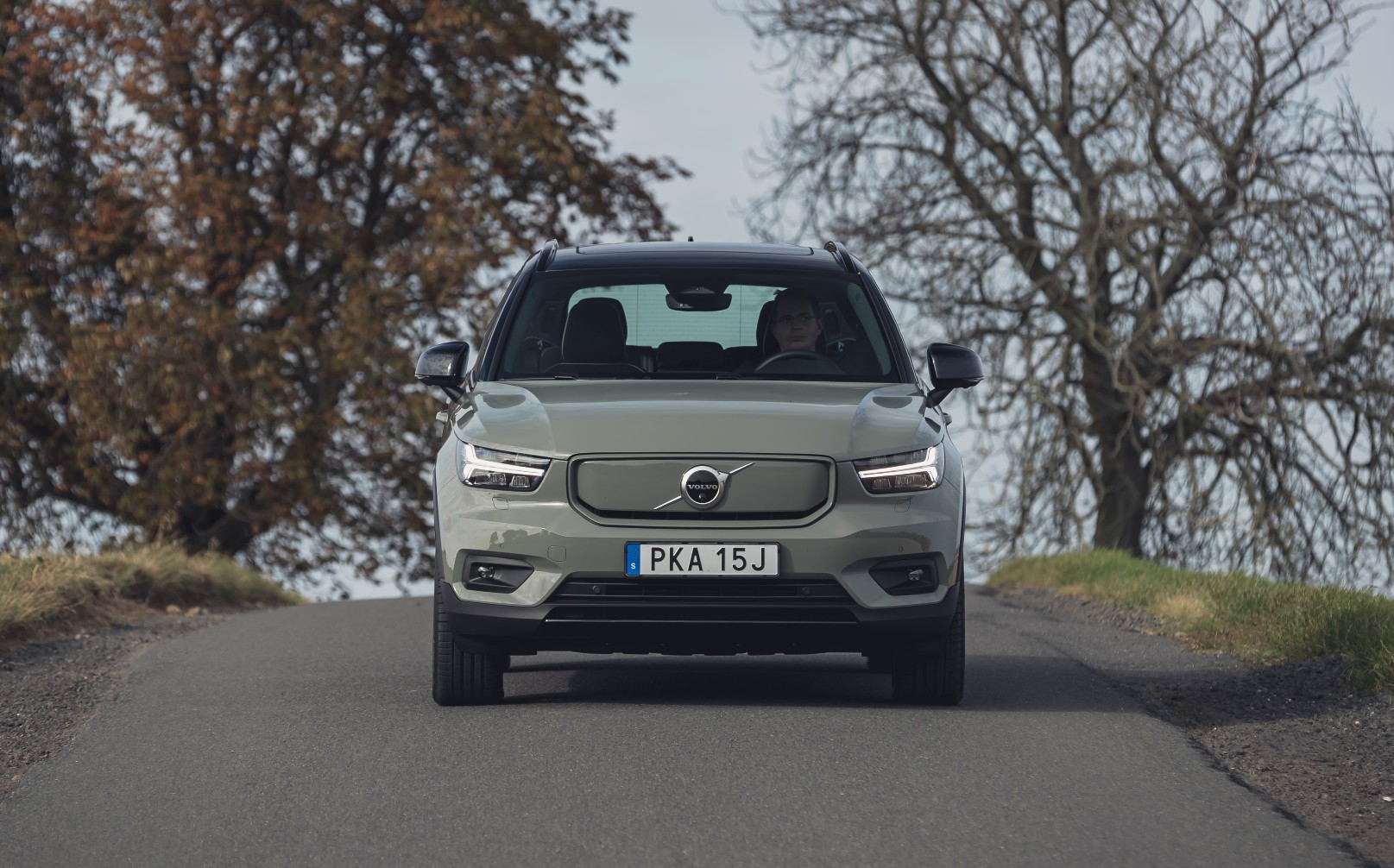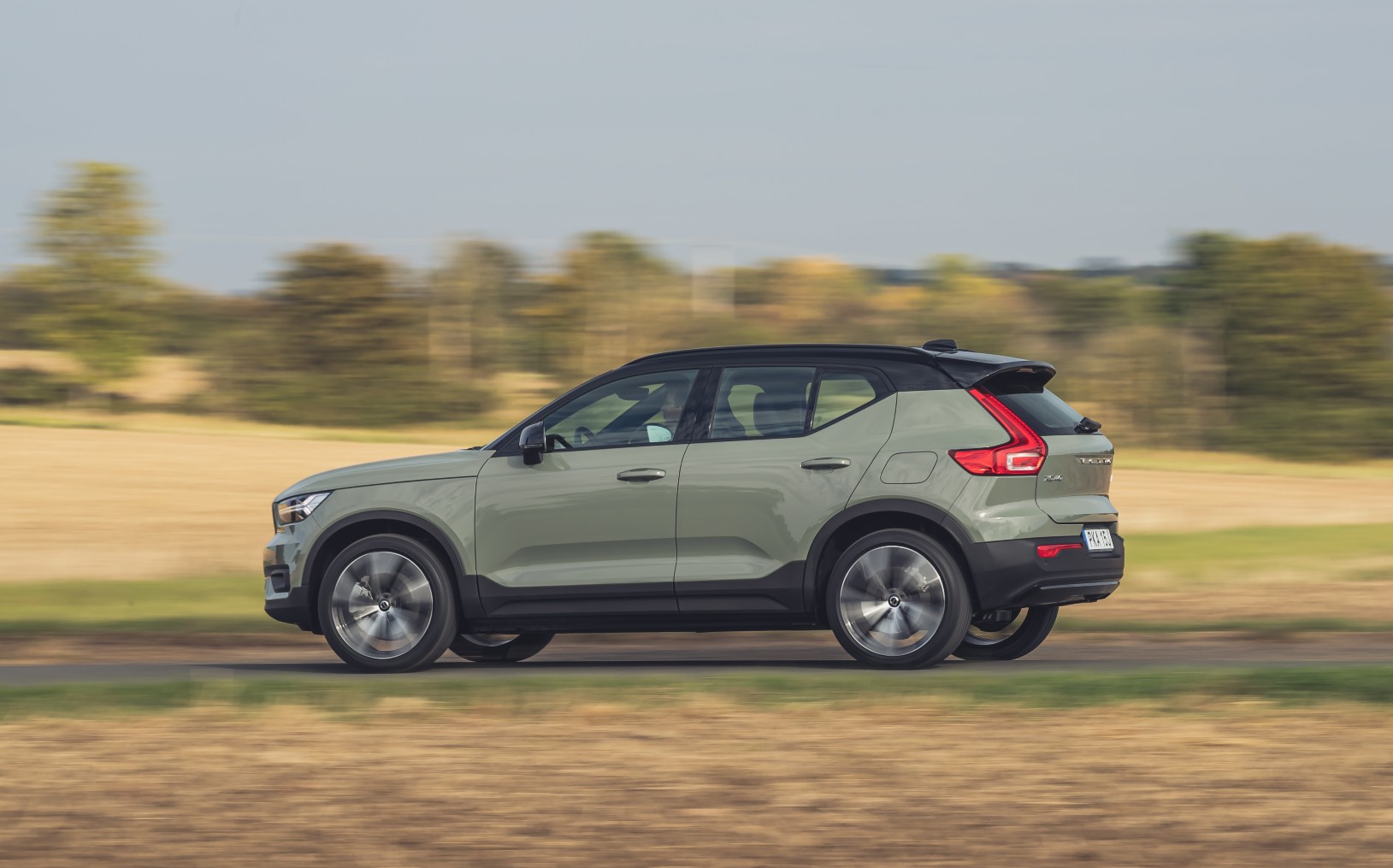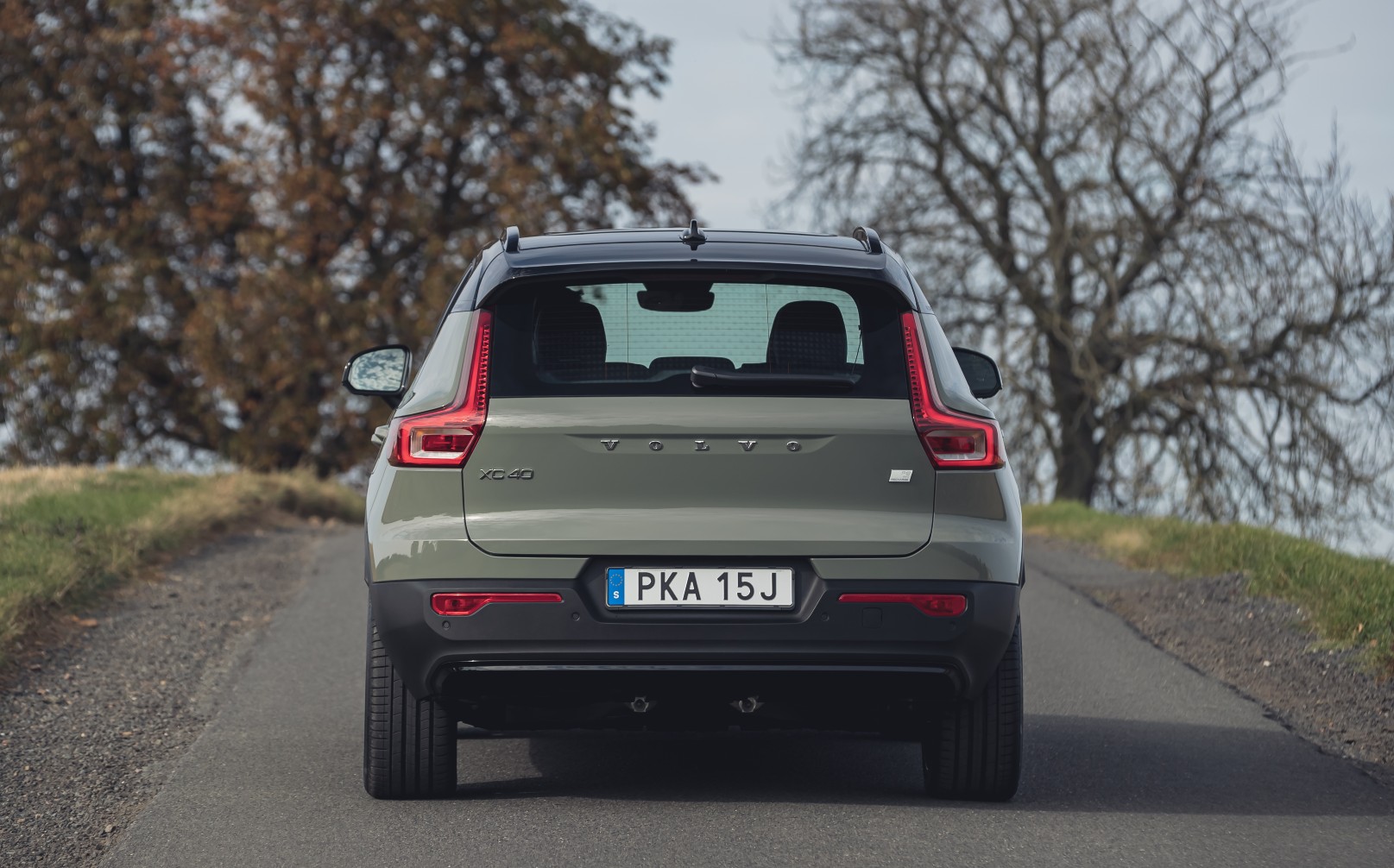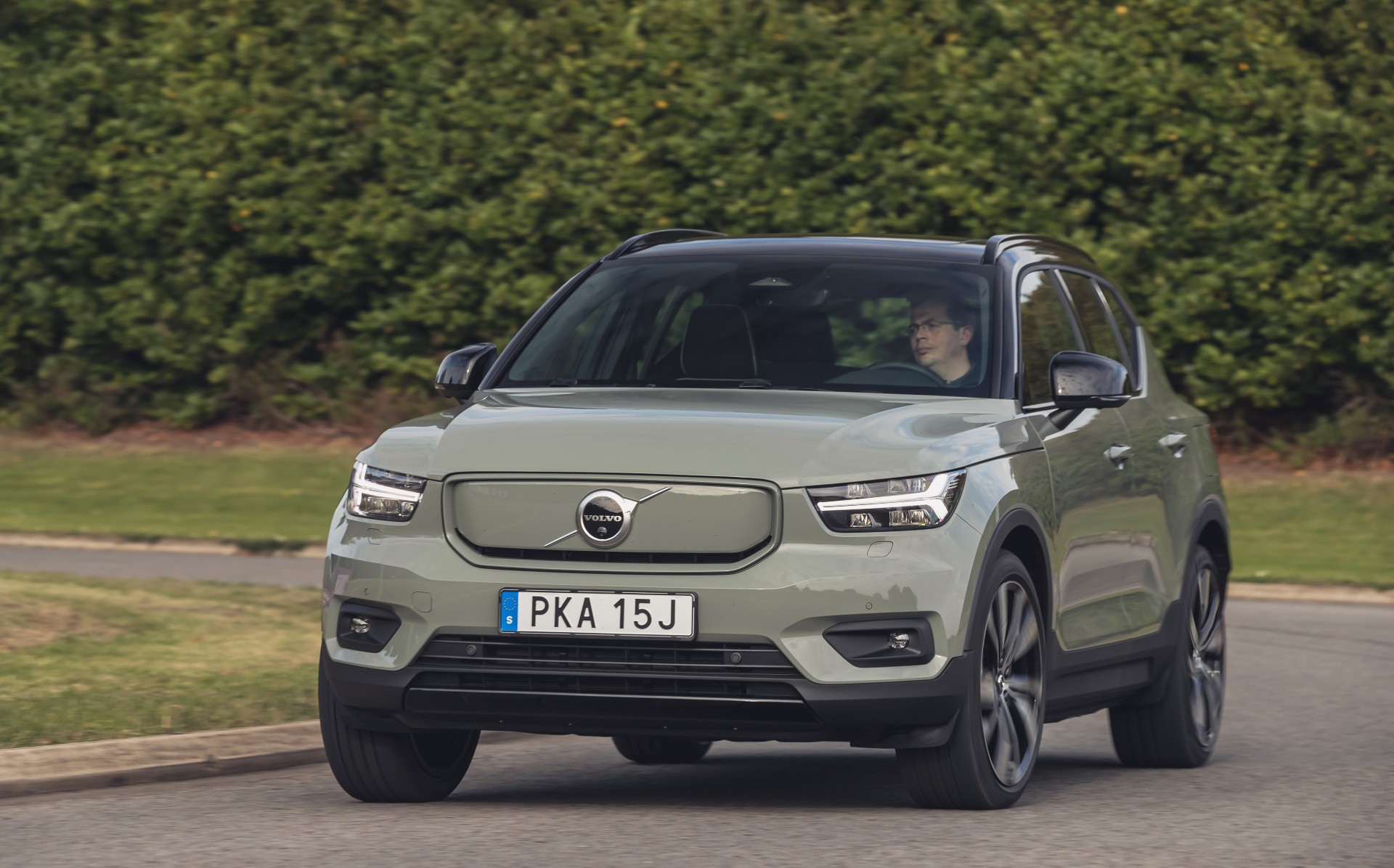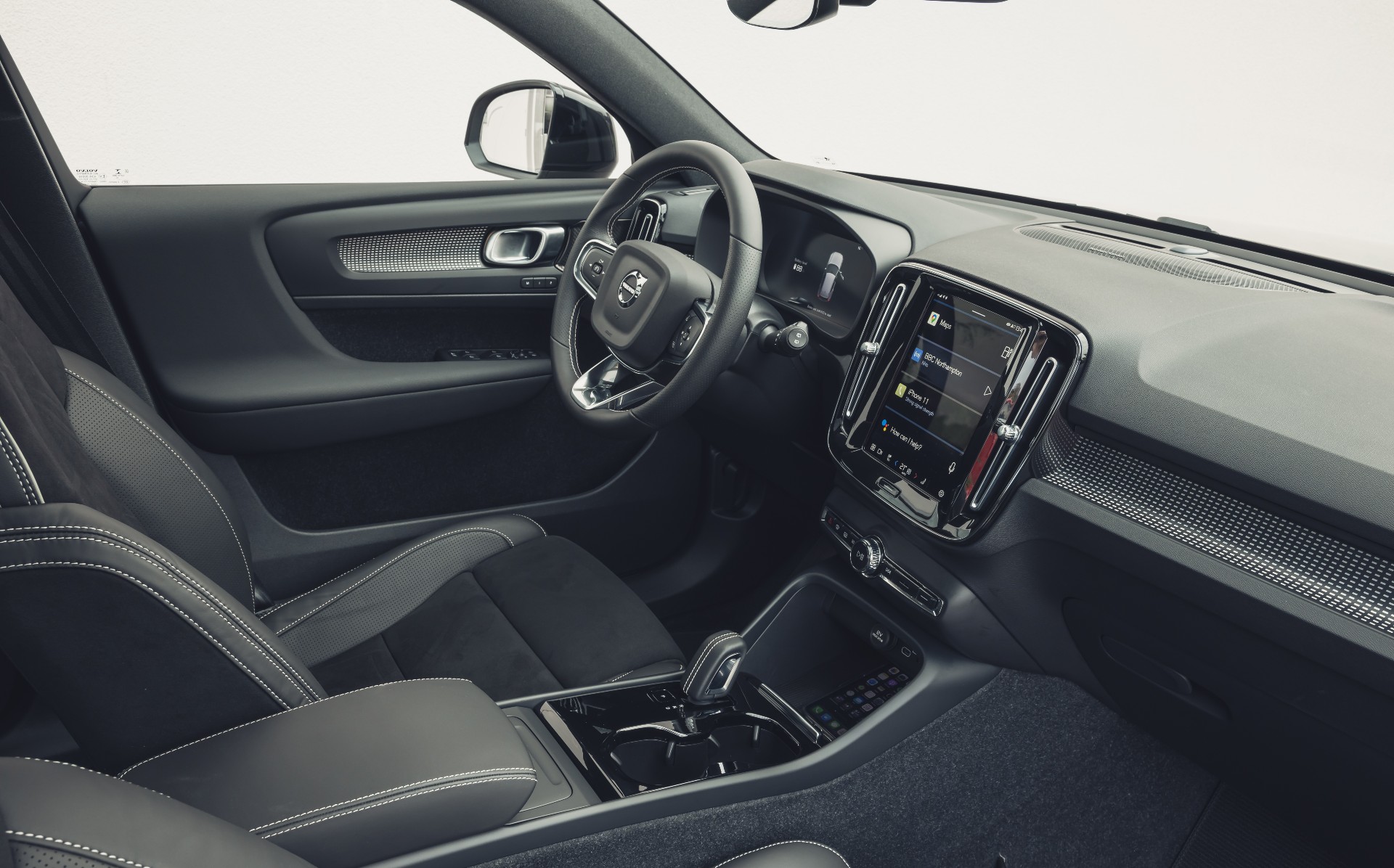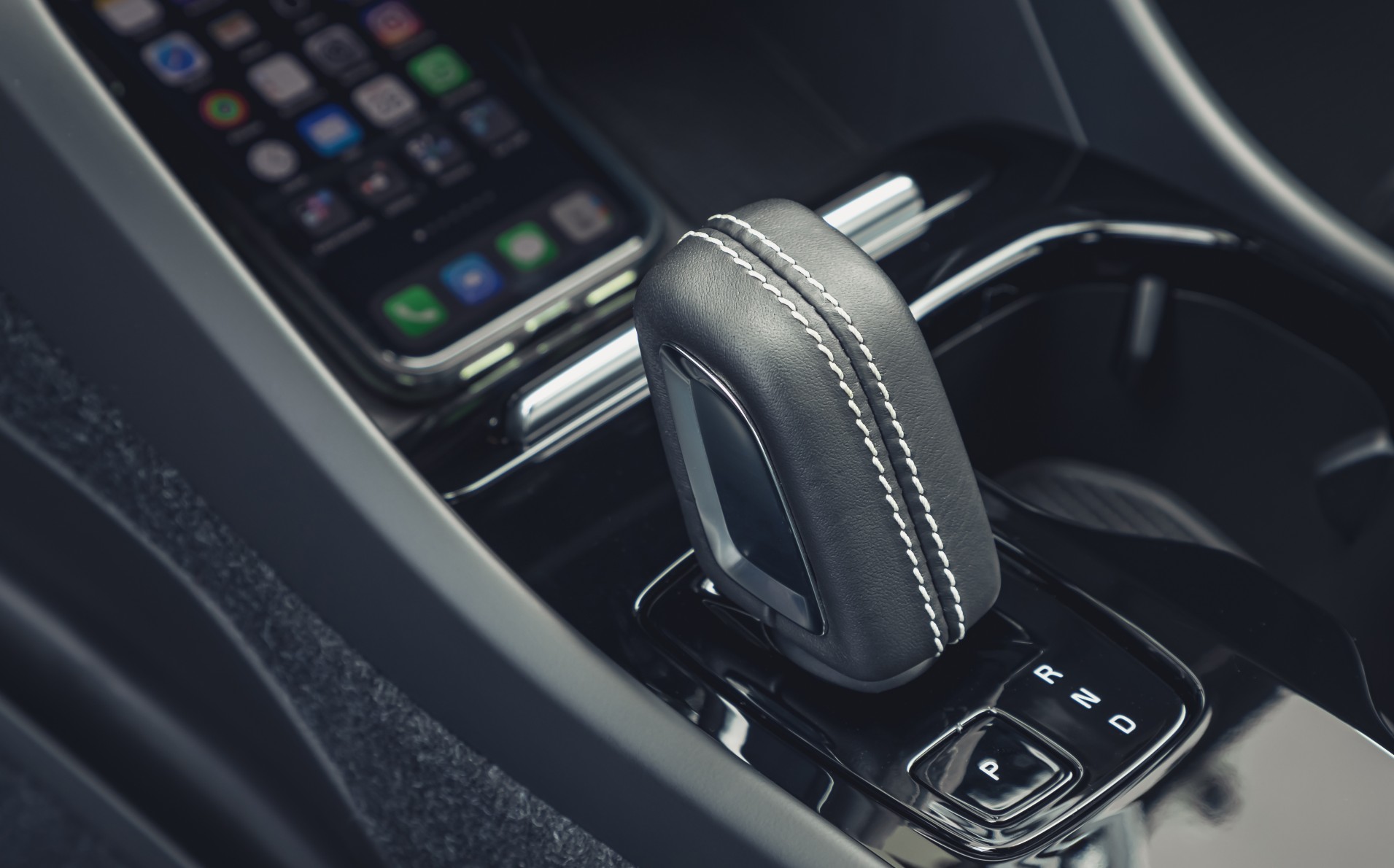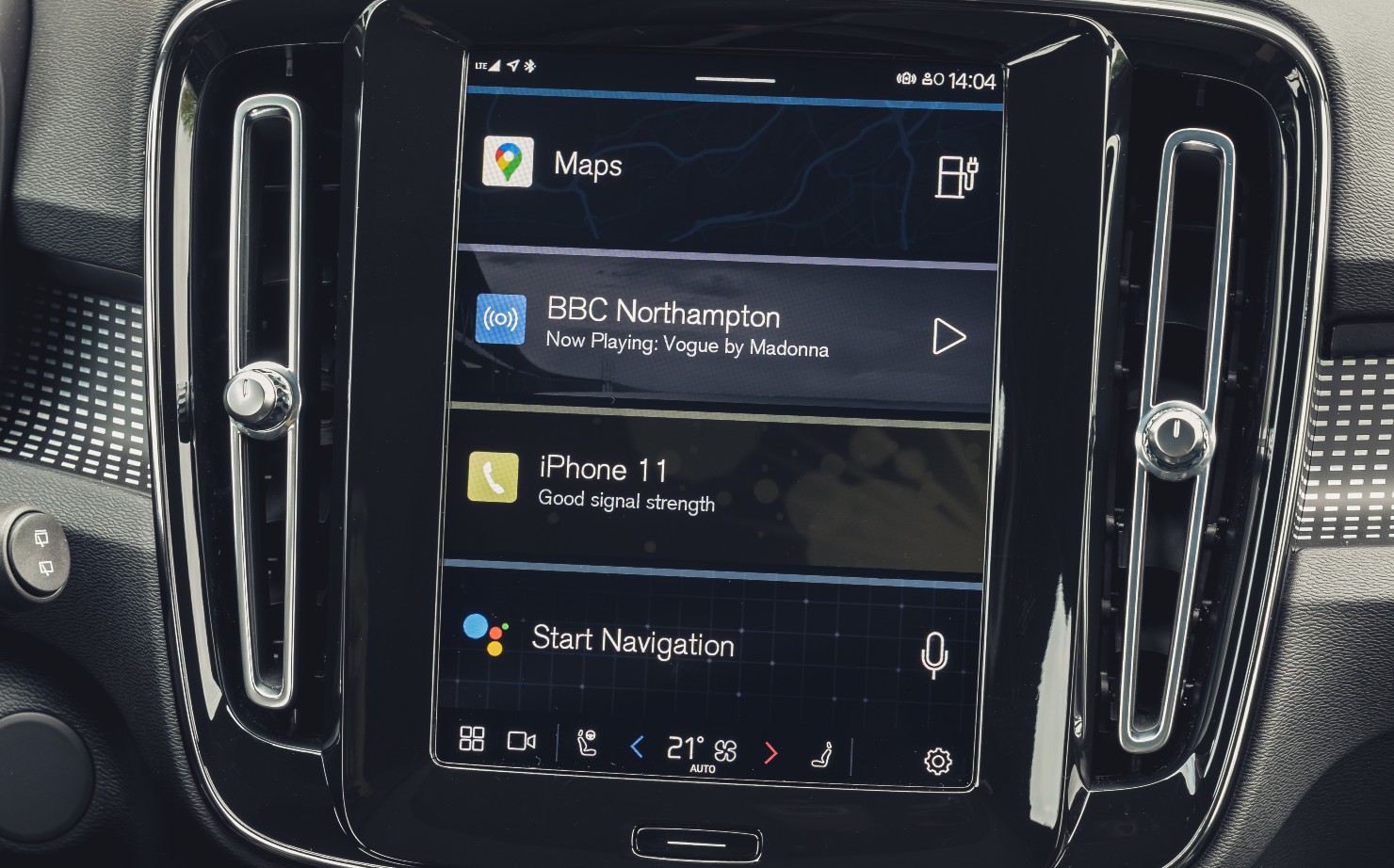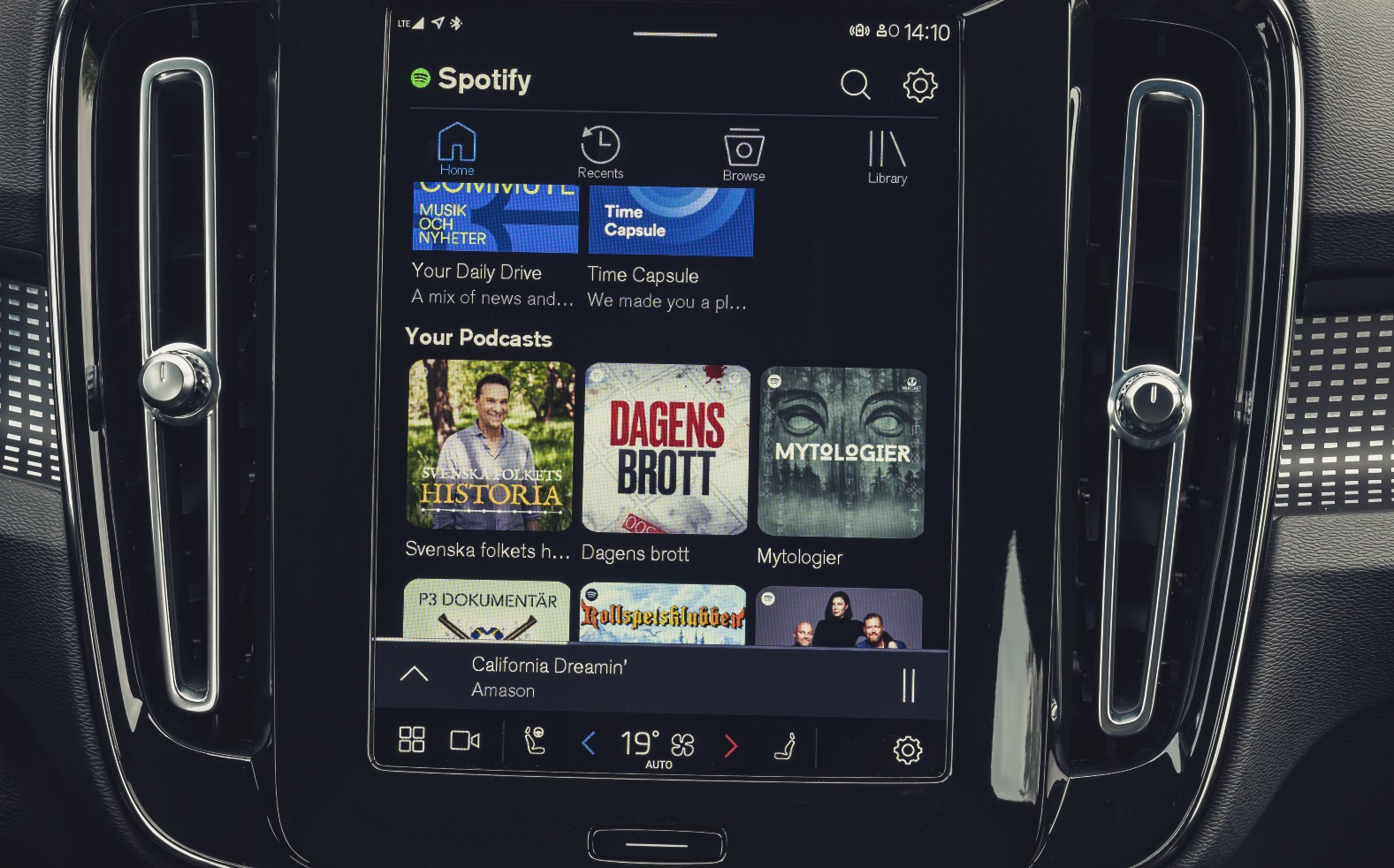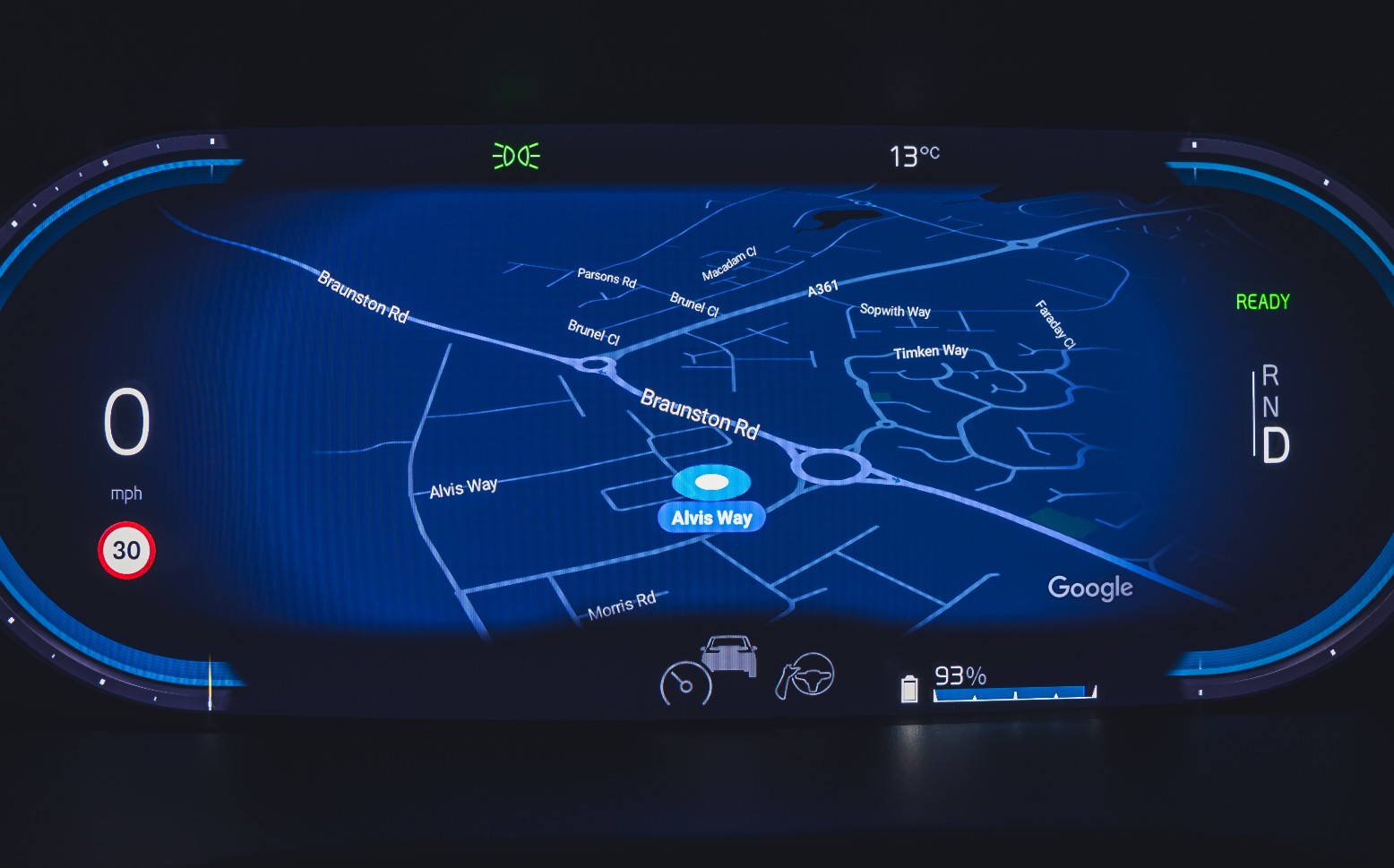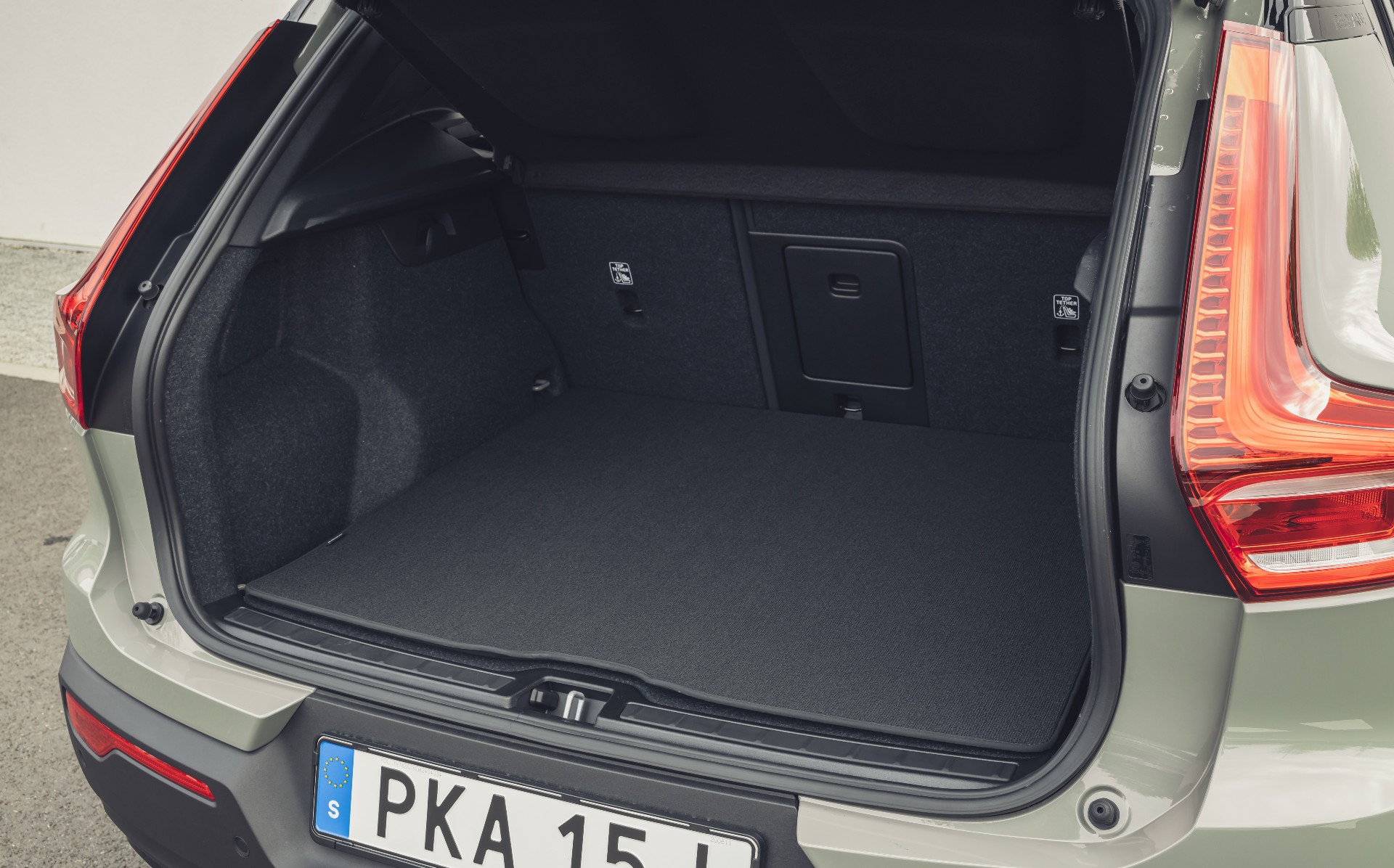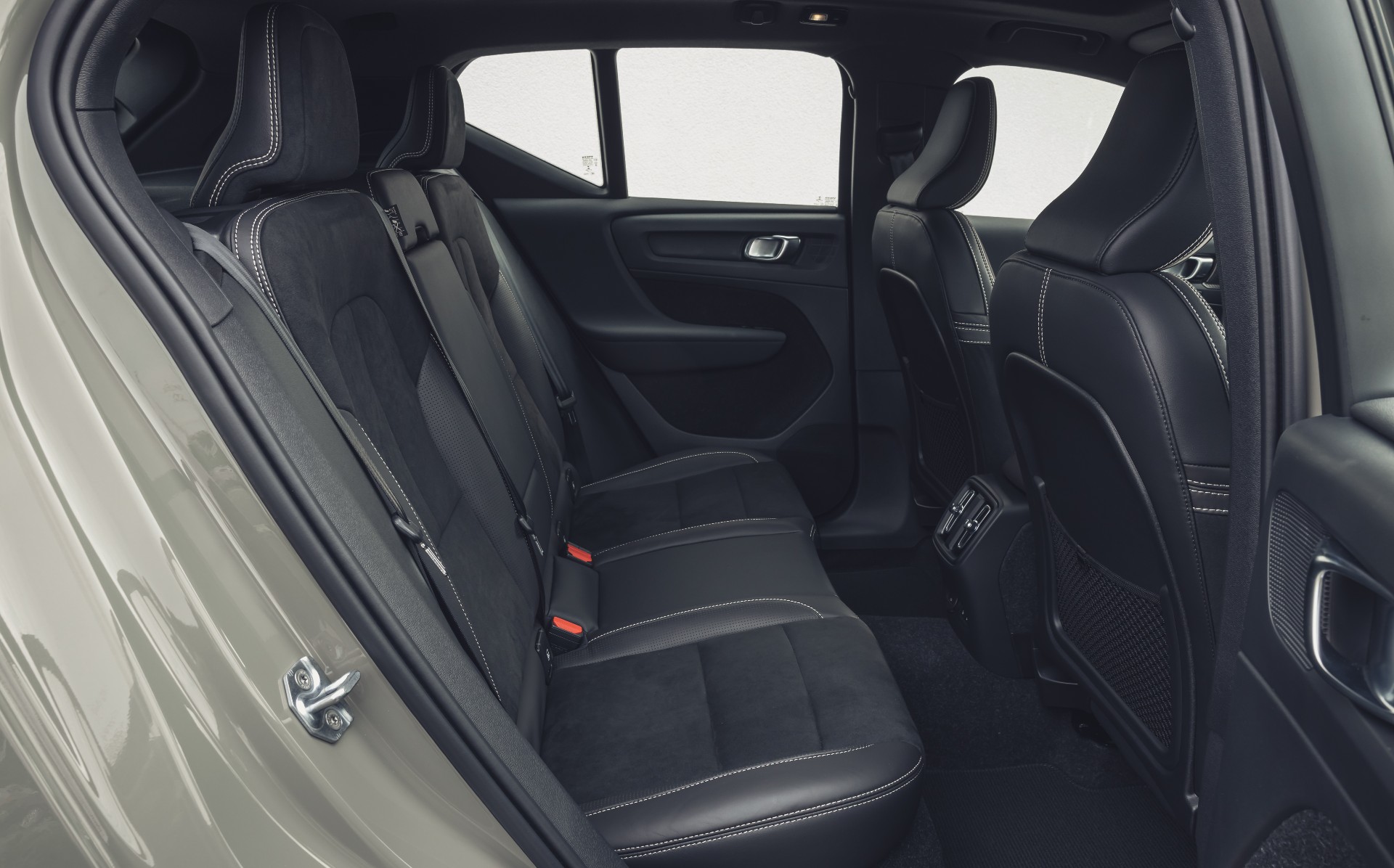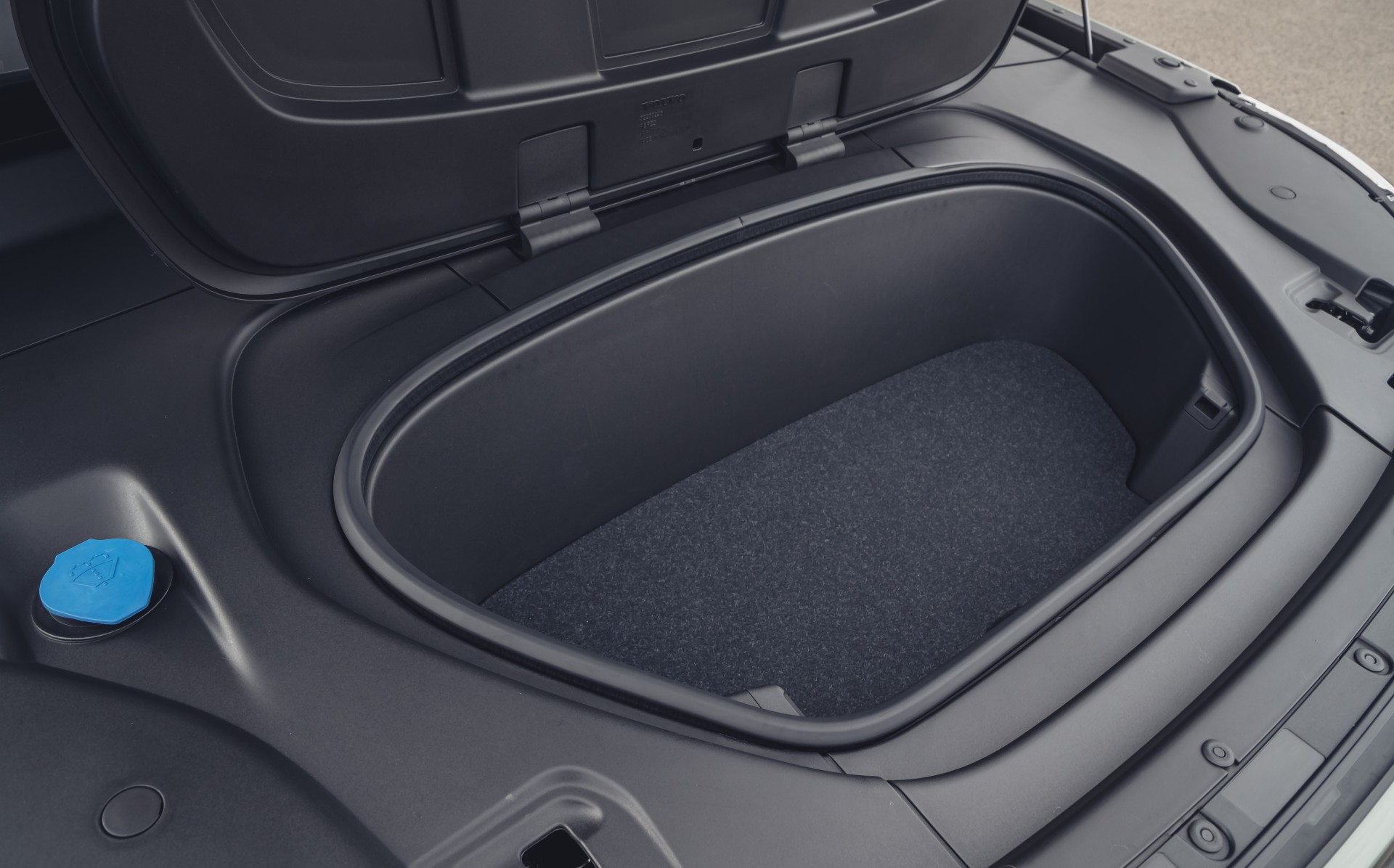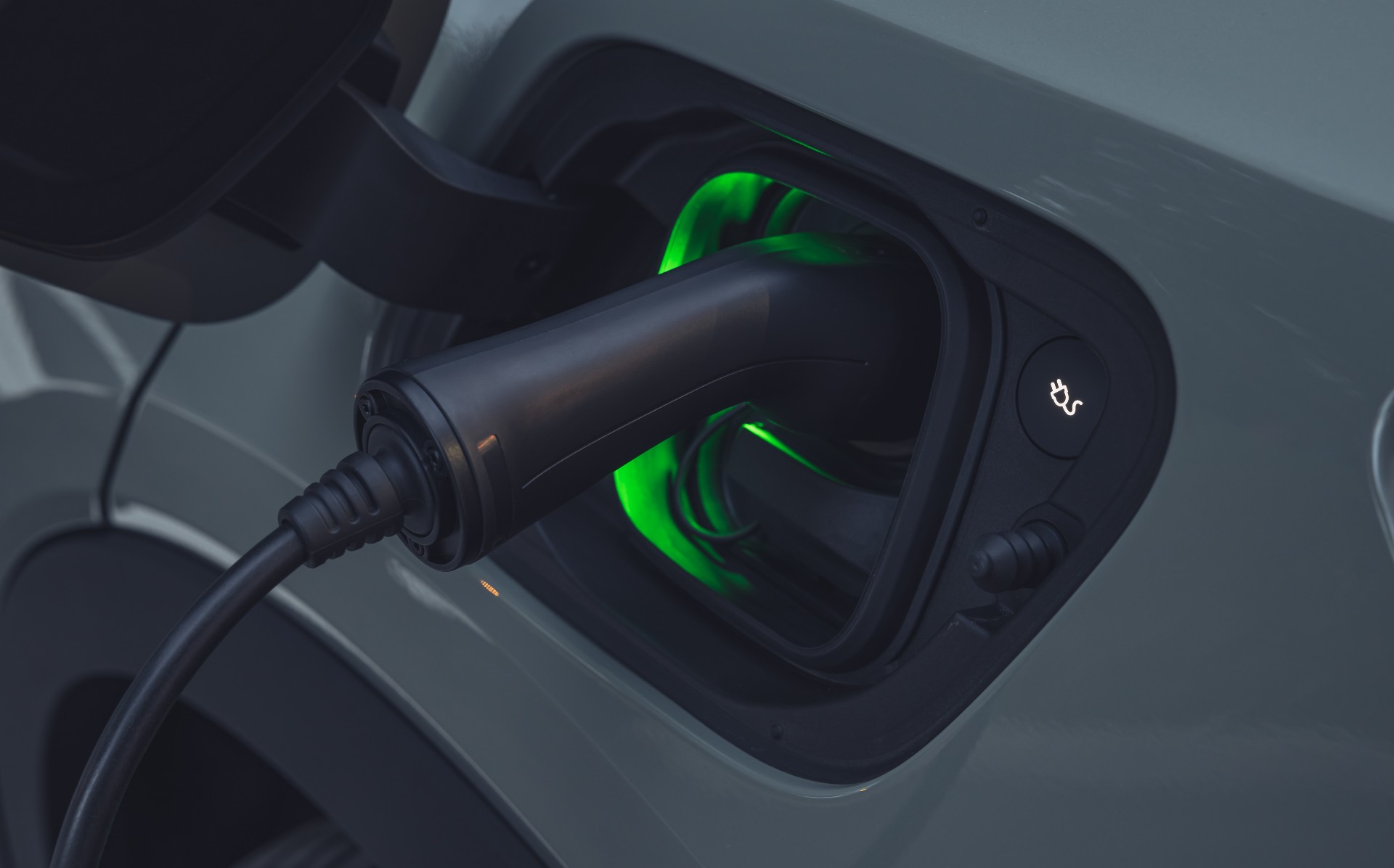2020 Volvo XC40 Recharge Pure Electric P8 review
The quickest and most environmentally-friendly way to empty your bank balance
APPARENTLY this is Volvo’s first pure-electric production car. I had to double-check that because it seems like Volvo has been making electric vehicles for ages – a version of the big XC90 has been sold with a plug since 2016, and before that a plug-in version of the V60 estate was introduced to the world in 2011. But those were hybrids rather than fully electric models.
So here it is – the XC40 Recharge Pure Electric, kicking off a new 100% electron-fuelled era for Volvo. It joins petrol, mild hybrid and plug-in hybrid versions of the compact SUV, meaning customers now have a wide choice of powertrains to suit their requirements.
It’s likely the Recharge Pure Electric will remain a niche choice at first, as the launch model – the P8 First Edition – is by some way the priciest XC40 you can buy, at an eye-watering £59,985 on the road. Yes, I know. But before you click away, you should know that there will be cheaper versions coming next year.
And actually, you get a serious bit of kit for your money: two electric motors – one on the front axle and one on the rear – producing a whopping 402bhp, which is the exact same figure as an Audi e-tron 55 quattro. Its 487 lb ft of torque – the twisting force, or punch, if you like – is near enough the same as the Audi’s, too. Yet the Volvo has it licked in a 0-62ph sprint, taking just 4.9secs compared to 5.7secs.
It’s not an ideal comparison because the e-tron is a bigger car, so you’d expect it to be a bit heavier and more expensive. But the fact that the Volvo can go further on a charge (280 miles versus 240) and the Audi costs upwards of £61,000 is food for thought. And the Jaguar I-Pace costs at least £65,000.
It may be harder to convince potential buyers not to have their heads turned by the Tesla Model 3, which is a different type of car altogether (a saloon) but can carry four in comfort, is quicker, goes further and costs less. The Volvo looks like crazy money, too, when you can pick up an entry-level Polestar 2 for around £46,000, and the two Swedish brands are actually stablemates, sharing much of the same technology.
Stay with me, though, as there’s still a lot going for the Volvo XC40 Recharge P8. Its shape and size may be ideal for many customers – a commanding driving position yet compact dimensions are likely to tick important boxes. It’s a cracking-looking car, too, with very few changes over the petrol XC40 (even the recharging socket is in the position as the petrol filler cap, on the left rear wing), other than the body colour-matched grille cover and a couple of unique and fetching paint colours.
The watchphrase of our press brief was “no compromises” – it was mentioned three or four times. It’s hard to disagree when you look at the size of the boot, which has the same 452-litre capacity (to the parcel shelf) as the petrol model. Space for front and rear passengers is the same, too, with no reduction in headroom or legroom. This is because, as you find in Teslas, the battery pack is stored under the floor. In fact there’s actually more luggage space in the pure-electric XC40 thanks to a 31-litre compartment under the bonnet, which is useful for charging cables.
It recharges fast, too – the XC40 Recharge P8 can take 150kW rapid charging, which means you can fill from empty to 80% in just 40 minutes, making long motorway journeys much less of a chore – a coffee and comfort break is enough time to put plenty of miles back in the battery, at a rate of around 50-60 miles every ten minutes. A full charge at home can be achieved overnight, of course, so you will have the maximum range every morning.
I did find one compromise, though, in that the wading depth drops in the electric model – customers are told that standing water must reach no higher than door sill, rather than the 450mm of the petrol models, and they mustn’t drive through any faster than walking pace. Oh, and the maximum towing weight is 1,500kg, whereas the other XC40s can pull 1,600-2,100kg, depending on which engine you go for.
Our test drive was on a rainy day and although there wasn’t standing water, the road surface was very wet. Grip was no problem for this four-wheel-drive version running on Continental-shod 19in wheels, though – roundabouts were dispatched with supreme confidence, the car showing little roll and all four wheels working in harmony to allow swift, safe pull away from tight turns, even under hard acceleration. Some understeer can be provoked if you stab the accelerator while turning the wheel on a slippery surface but even then the XC40 Recharge P8 never feels any less than under control.
It’s really quick, too – pushing the right pedal hard from any speed results in instant thrust, making overtakes extremely quick and easy from any speed.
Not that this is a car that urges you to drive fast. The calming, minimalist interior is a masterclass in decluttering and zen design that matches an electric powertrain perfectly. With an electric car, you enjoy the immediate turn of speed in the first few weeks of ownership before settling down into a rhythm of eking out every last mile from the battery. Before you realise it, you’ve become a hypermiler.
Dark materials were used predominantly on the inside of our test car but the ambience was lifted through the use of aluminium accents (the concave panel that runs horizontally across the dash is a classy touch) and contrast stitching, and there’s a solid feel to switches, knobs and dials.
Any driver fed up with the myriad driving modes found on modern cars will also appreciate the fact that there are no such options on the XC40 Recharge P8. There’s no Sport mode, no Comfort Setting, no Snow and Ice mode… you simply get in and drive. Literally, in fact, as the stripping away of interior distractions goes as far as to remove the Start/Stop button – the car switches on when you sit down, thanks to pressure sensors in the seat. To start driving, you simply slide the gear lever into D.
There are a couple of adjustments that can be made to the way the car feels, via the infotainment touchscreen – you can make the steering lighter and turn on “one pedal mode”, which increases the regenerative braking power – but that’s about it.
The touchscreen itself is a real highlight. It’s the first application in a Volvo of the Android operating system that debuted on the Polestar 2. It has four main areas – mapping, audio, phone and the last-used app – with the ability to add apps from the Google Play store. You can run Spotify, Audible or a podcasting app, for example. And iPhone users need not be put off – you will still be able to connect via Bluetooth for calls and to stream audio from the phone. It’s a highly responsive, easy to navigate system that really raises the infotainment game for Volvo.
The mapping is particularly smart, as it uses Google Navigation as the default, which is much better at negotiating traffic than many other in-built sat navs, and it integrates with the car’s onboard computer to tell you how much battery will be remaining when you reach your destination, and suggests where you might like to recharge if it’s required en route.
Our driving loop was 49 miles on mostly A and B roads with a decent amount of 50-70mph stretches. Starting with a full battery, the XC40 told me I’d have 72% range left at the end of it. Actually, at the end I had 73% battery remaining even though I hadn’t been particularly easy on the accelerator, which suggests the person who drove it before me was even more aggressive with the right foot. Being more eco-minded would extend the range further.
Another thing the XC40 Pure Electric has going for it is safety. In fact, Volvo claims it is one of the safest cars on the road, thanks to the removal of the engine allowing them to rethink the front crash structure entirely – there’s no big, solid lump of pistons and petrol there anymore, and the electric motors are attached to the axles rather than under the bonnet. We know from Tesla crash tests that this layout does hugely improve crash test results.
What’s more, the battery is contained in a bespoke safety cage, and the car is peppered with all-round “next gen” radars, cameras and ultrasonic sensors, to detect obstacles and even help avoid collisions at any speed (from standstill to highway). The Pilot Assist system definitely takes the strain out of motorway driving, while it’s god to know pedestrians and cyclists will be detected while motoring around town.
This Volvo XC40 Pure Electric P8 is undeniably a fabulous machine. It’s great to look at, sit in and drive, and the creature comforts (even rear passengers get heated seats) and technology are really first rate. Still, you can’t ignore the high price of the First Edition and even though its fully-loaded with tech, and company car drivers pay nothing in benefit-in-kind in the 2020/21 tax year (then 1% in 2021/22), most people will baulk at the near-£60,000 cost.
If it does put you off, the cheaper versions of the XC40 Pure Electric, available from the first half of next year, are arguably worth waiting for. Exactly what form they will take is still to be announced but it’s safe to assume there will be a single motor version as well as a lower-powered model, and perhaps one with a smaller battery.
All of those possibilities will change the character of the car and in the case of the single motor version no doubt to the detriment of its dynamic ability, but as the prices will be easier to swallow they may be compromises many customers are willing to accept.


